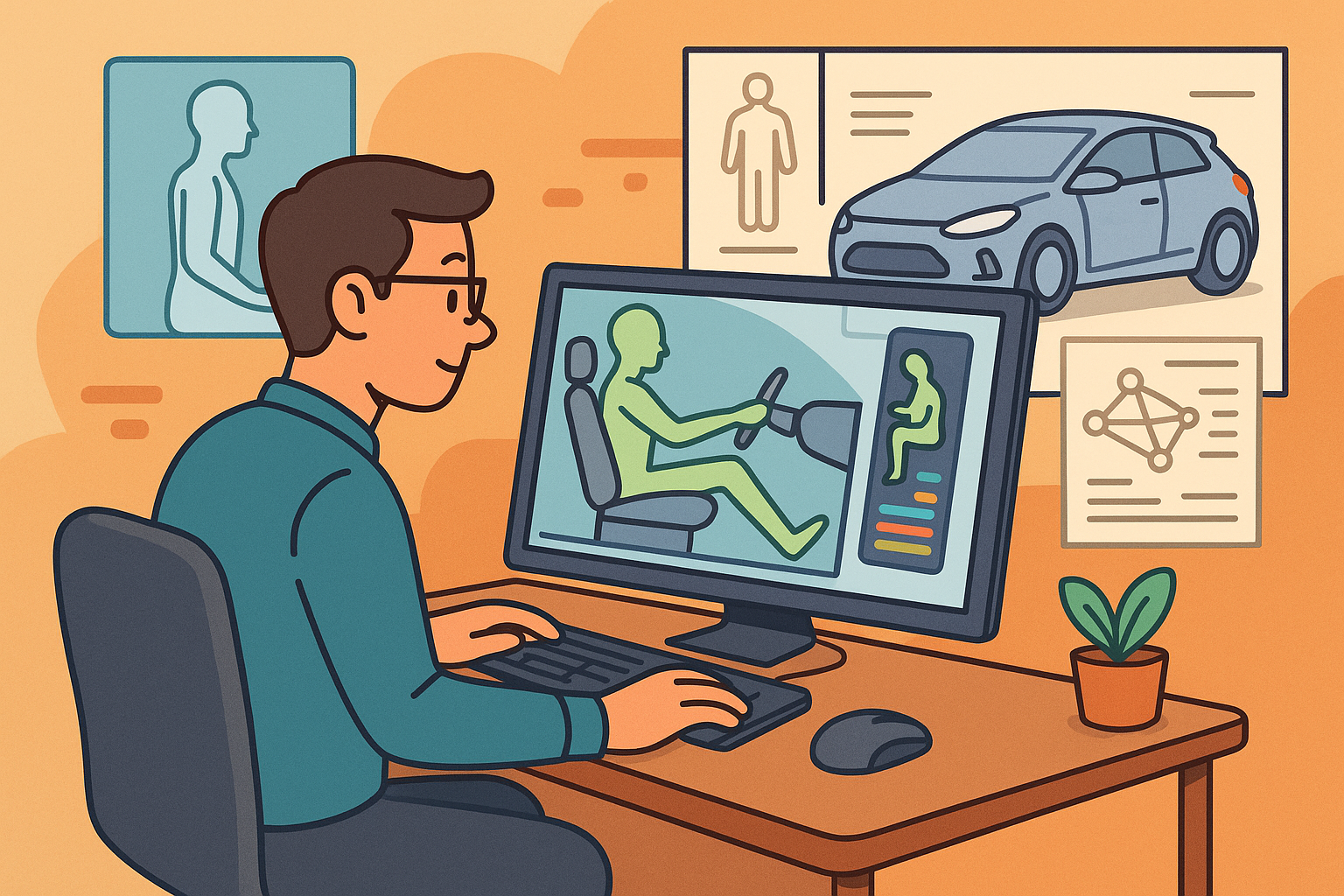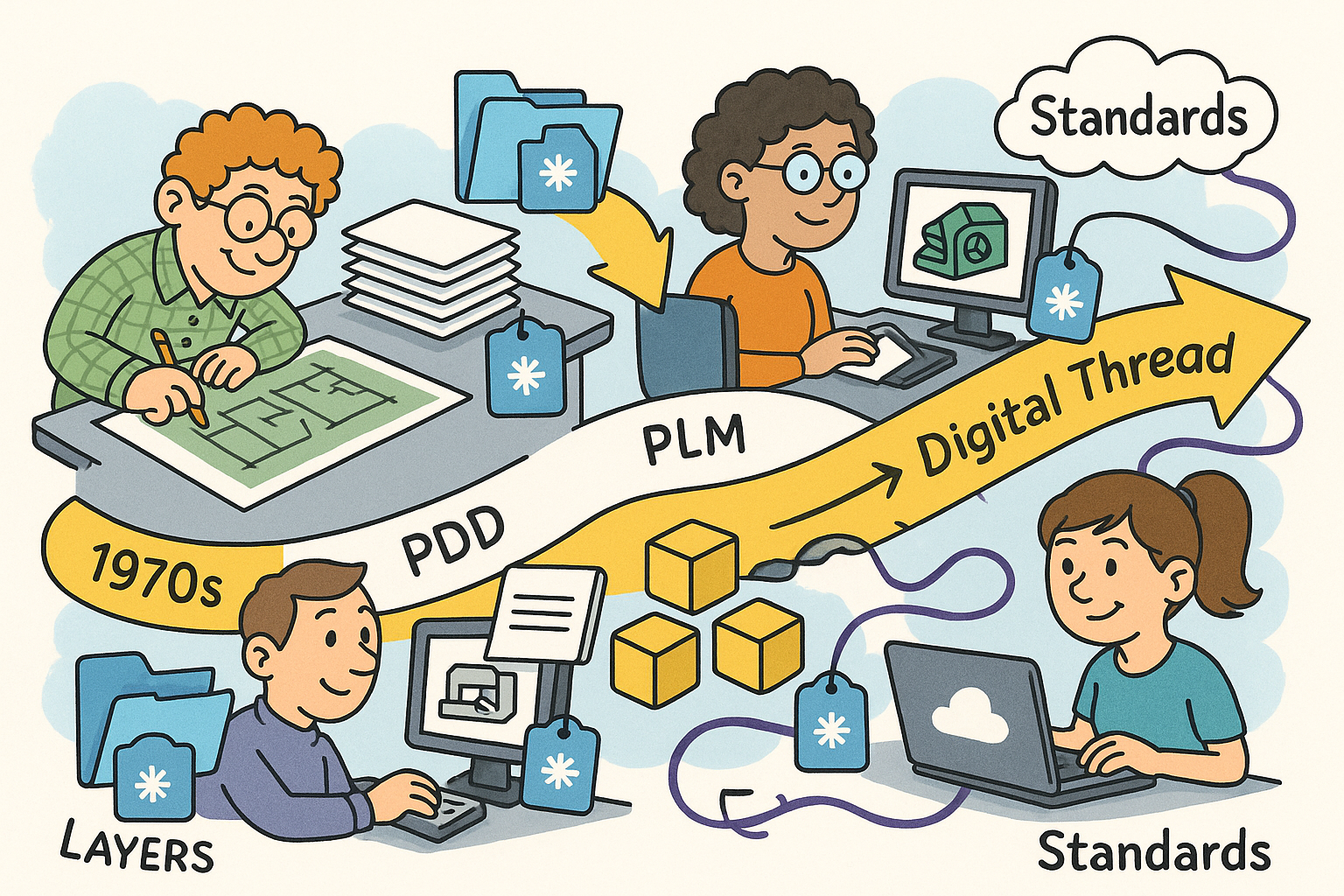Your Cart is Empty
Customer Testimonials
-
"Great customer service. The folks at Novedge were super helpful in navigating a somewhat complicated order including software upgrades and serial numbers in various stages of inactivity. They were friendly and helpful throughout the process.."
Ruben Ruckmark
"Quick & very helpful. We have been using Novedge for years and are very happy with their quick service when we need to make a purchase and excellent support resolving any issues."
Will Woodson
"Scott is the best. He reminds me about subscriptions dates, guides me in the correct direction for updates. He always responds promptly to me. He is literally the reason I continue to work with Novedge and will do so in the future."
Edward Mchugh
"Calvin Lok is “the man”. After my purchase of Sketchup 2021, he called me and provided step-by-step instructions to ease me through difficulties I was having with the setup of my new software."
Mike Borzage
Rhino 3D Tip: Preview Lineweights, Print Colors, and Linetypes with PrintDisplay
November 10, 2025 2 min read

Use Rhino’s PrintDisplay to preview how your lineweights, print colors, and linetypes will look before you commit to PDF or paper. This avoids last‑minute surprises and shortens the iterate–print–fix loop.
What PrintDisplay shows you:
- Lineweight as it will print (thin, medium, bold) instead of uniform strokes.
- Print Color (ByLayer or ByObject) rather than the modeling/display color.
- Linetypes and dashes as they’ll appear at your chosen scale.
Quick start:
- Run PrintDisplay and turn it On in the viewport where you’re composing drawings (ideally Layouts). Leave it Off in heavy modeling views to keep interaction snappy.
- Assign Print Widths and Print Colors at the Layer level. Use ByLayer for global control; override ByObject only when necessary.
- Work in Layout space for final sheet composition. PrintDisplay updates instantly as you tweak details, scales, and annotations.
Practical workflow tips:
- Define a small set of standard lineweights (for example: 0.13, 0.18, 0.25, 0.35, 0.50 mm) and stick to them. Consistency reads better in client PDFs.
- Use Layer names that imply purpose and weight (e.g., A-Wall-035, A-Glass-018). This pairs well with ByLayer print attributes.
- In Details with varying scales, verify that dashed linetypes read correctly. Adjust the model’s linetype scale or use detail-specific overrides as needed.
- Prefer vector output when printing to PDF for crisp linework. Shaded or very transparent content may force raster; separate those views if necessary.
- Keep annotation styles consistent. Confirm text, leaders, and dims read clearly at print size with PrintDisplay On.
Troubleshooting common issues:
- Lines look too heavy on screen: remember PrintDisplay shows physical pen widths at paper scale. If a detail is very small, even a 0.25 mm stroke can overpower it—reduce the weight or print the detail larger.
- Colors don’t match: set Print Color explicitly. Display color and print color can differ; PrintDisplay follows the latter.
- Dashes look solid: increase the dash scale or use a lighter weight. Dense details and small scales can visually close up dashes.
- Performance dips with massive files: enable PrintDisplay only in the Layout or Detail you’re inspecting; disable it elsewhere.
Speed boosts:
- Create aliases like “pdo” = PrintDisplay On and “pdf” = PrintDisplay Off for fast toggling.
- Save Layer States for different drawing styles (presentation vs. fabrication) and preview each with PrintDisplay before publishing.
Adopting a “preview first” habit dramatically reduces reprints and revision time. If you’re equipping your team or standardizing a documentation pipeline, explore Rhino licenses, training, and add‑ons at NOVEDGE and the Rhino collection at NOVEDGE | Rhinoceros. Print with confidence, every time.
You can find all the Rhino products on the NOVEDGE web site at this page.
Also in Design News

Shift-Left Ergonomics: Integrating Digital Human Modeling into Concept Design
November 10, 2025 10 min read
Read More
Design Software History: From Layers to the Digital Thread: Evolution of Metadata in CAD, PDM, PLM and Standards (1970s–Today)
November 10, 2025 15 min read
Read More
Cinema 4D Tip: Cinema 4D & Redshift AOV Workflow for Robust Compositing
November 10, 2025 2 min read
Read MoreSubscribe
Sign up to get the latest on sales, new releases and more …


